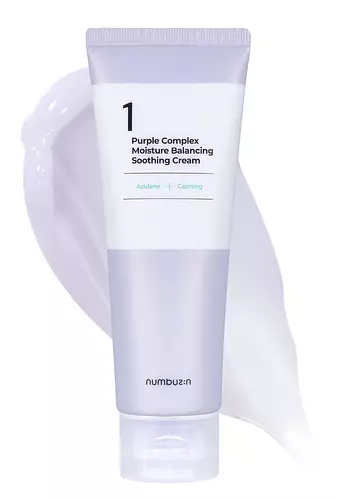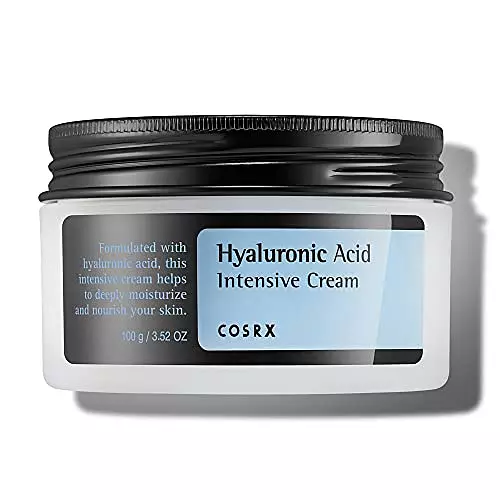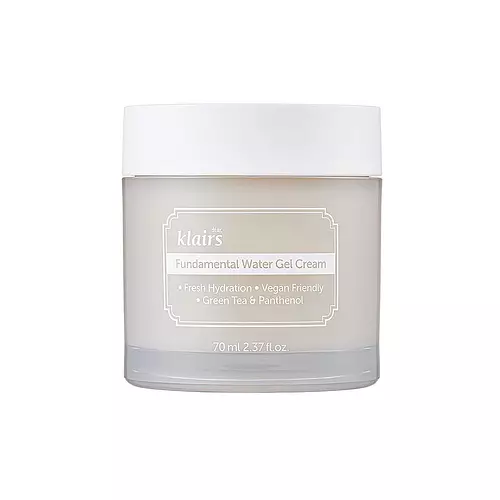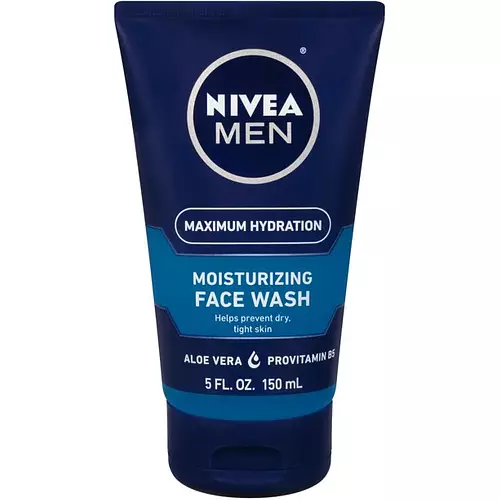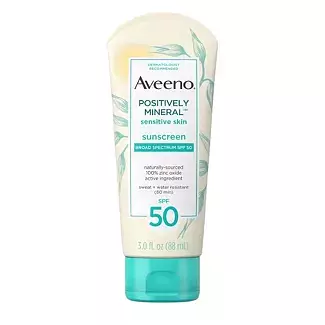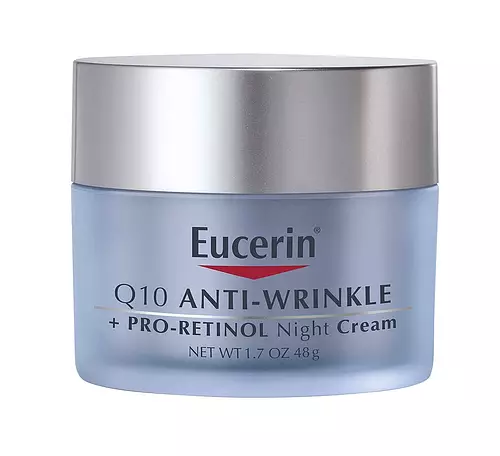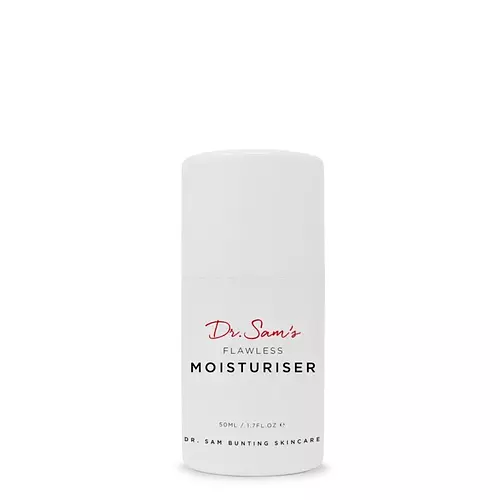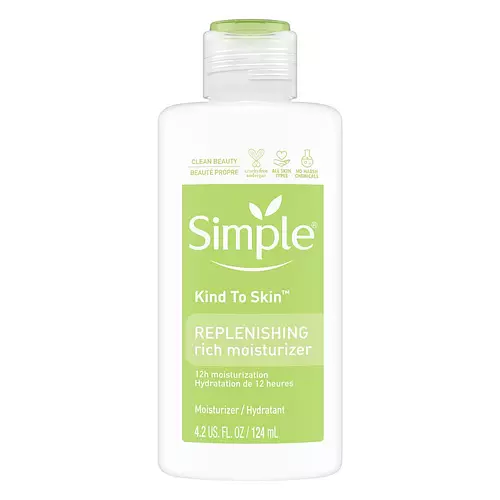The Ordinary Natural Moisturizing Factors + HA Versus Numbuzin No.1 Purple Complex Moisture Balancing Soothing Cream
Updated on June 07, 2024
Overview
What they are
These products are both cruelty-free and reef safe general moisturizers. They have a total of 5 ingredients in common
Cool Features
They both contain hyaluronic acid
Suited For
They're both likely to be good for dry skin, brightening skin and sensitive skin
Free From
They both do not contain any harsh alcohols, common allergens, parabens or sulfates
We independently verify ingredients, and our claims are backed by peer-reviewed research. Spot a product that needs an update? Let us know.
Ingredient Info
The Ordinary Natural Moisturizing Factors + HA 46 ingredients
Numbuzin No.1 Purple Complex Moisture Balancing Soothing Cream 50 ingredients
At a glance
Click on any of the items below to learn more
The Ordinary Natural Moisturizing Factors + HA 46 ingredients
Numbuzin No.1 Purple Complex Moisture Balancing Soothing Cream 50 ingredients
Notable Ingredients
This product contains 1 ingredient that may have this attribute:
This product contains 1 ingredient that may have this attribute:
Benefits
This product contains 4 ingredients that may have this attribute:
This product contains 1 ingredient that may have this attribute:
This product contains 1 ingredient that may have this attribute:
This product contains 1 ingredient that may have this attribute:
This product contains 1 ingredient that may have this attribute:
This product contains 2 ingredients that may have this attribute:
This product contains 2 ingredients that may have this attribute:
Concerns
This product contains 1 ingredient that may have this attribute:
This product contains 4 ingredients that may have this attribute:
This product contains 3 ingredients that may have this attribute:
This product contains 2 ingredients that may have this attribute:
This product contains 2 ingredients that may have this attribute:
This product contains 1 ingredient that may have this attribute:
Benefits
This product contains 1 ingredient that may have this attribute:
This product contains 1 ingredient that may have this attribute:
This product contains 1 ingredient that may have this attribute:
This product contains 1 ingredient that may have this attribute:
This product contains 1 ingredient that may have this attribute:
Ingredients Side-by-side
Ingredients Explained
These ingredients are found in both products.
Ingredients higher up in an ingredient list are typically present in a larger amount.
Water. It's the most common cosmetic ingredient of all. You'll usually see it at the top of ingredient lists, meaning that it makes up the largest part of the product.
So why is it so popular? Water most often acts as a solvent - this means that it helps dissolve other ingredients into the formulation.
You'll also recognize water as that liquid we all need to stay alive. If you see this, drink a glass of water. Stay hydrated!
Learn more about WaterGlycerin is already naturally found in your skin. It helps moisturize and protect your skin.
A study from 2016 found glycerin to be more effective as a humectant than AHAs and hyaluronic acid.
As a humectant, it helps the skin stay hydrated by pulling moisture to your skin. The low molecular weight of glycerin allows it to pull moisture into the deeper layers of your skin.
Hydrated skin improves your skin barrier; Your skin barrier helps protect against irritants and bacteria.
Glycerin has also been found to have antimicrobial and antiviral properties. Due to these properties, glycerin is often used in wound and burn treatments.
In cosmetics, glycerin is usually derived from plants such as soybean or palm. However, it can also be sourced from animals, such as tallow or animal fat.
This ingredient is organic, colorless, odorless, and non-toxic.
Glycerin is the name for this ingredient in American English. British English uses Glycerol/Glycerine.
Learn more about GlycerinSodium Hyaluronate is hyaluronic acid's salt form. It is commonly derived from the sodium salt of hyaluronic acid.
Like hyaluronic acid, it is great at holding water and acts as a humectant. This makes it a great skin hydrating ingredient.
Sodium Hyaluronate is naturally occurring in our bodies and is mostly found in eye fluid and joints.
These are some other common types of Hyaluronic Acid:
Learn more about Sodium HyaluronateTrehalose is a disaccharide made of two glucose molecules (glucose is sugar!). Trehalose is used to help moisturize skin. It also has antioxidant properties.
As a humectant, trehalose helps draw moisture from the air to your skin. This helps keep your skin hydrated.
Due to its antioxidant properties, trehalose may help with signs of aging. Antioxidants help fight free-radical molecules, unstable molecules that may damage your skin.
In medicine, trehalose and hyaluronic acid are used to help treat dry eyes.
Some animals, plants, and bacteria create trehalose as a source of energy to survive freeze or lack of water.
Learn more about TrehaloseCitric Acid is an AHA derived from citrus fruits (think oranges, lemons, and limes!).
As an AHA, Citric Acid removes the top layer of skin cells from the newer layer of skin underneath. This helps skin to remove dark spots and even out skin tone.
If you spot Citric Acid near the end of an ingredient list, it's likely there as a pH adjuster rather than an active ingredient.
Read more about some other popular AHA's here:
Learn more about Citric AcidIngredient Ratings
Here's what our community thinks of the ingredients in these products.
When to use
The Ordinary Natural Moisturizing Factors + HA 46 ingredients
Numbuzin No.1 Purple Complex Moisture Balancing Soothing Cream 50 ingredients


Reviews
Here's what our community thinks
The Ordinary Natural Moisturizing Factors + HA 46 ingredients
Mac_R
Nice feel, but not for sensitive skin
You cant go wrong with the price point of this moisturizer. I have the self-proclaimed most sensitive skin on...
Nice feel, but not for sensitive skin
You cant go wrong with the price point of this moisturizer. I have the self-proclaimed most sensitive skin on the planet and found that this left a burning sensation for minutes after application. tried a few times before giving up but still burning continued.
Numbuzin No.1 Purple Complex Moisture Balancing Soothing Cream 50 ingredients
MonicaJimenez_574
I’ve been wanting to try Numbuzin for a while, and this cream looked like the perfect fit for my sensitive, hormonal acne prone skin. While it’s...
I’ve been wanting to try Numbuzin for a while, and this cream looked like the perfect fit for my sensitive, hormonal acne prone skin. While it’s not fungal acne safe, this moisturizer doesn’t have dimethicone until the 12th ingredient, and I haven’t found any issues with it so far. I enjoy how soothing this cream is to acne, and it helps to calm my breakouts! I also find it not clogging my pores and causing more breakouts. While it won’t get rid of a breakout by itself, in use with other products or an acid, it works really well, especially in summer! My only complaint is that I wish it was a bit more hydrating, so I wouldn’t suggest it for super cold winters. I’ll be continuing to use this as my main moisturizer, unless I bump into any future irritation/breakouts caused by it.
A.ce
I've gotten the recommendation from the girls of Likeskin (Insta: like_skincare) as a result of wanting a moisturizer that is suitable for acne...
I've gotten the recommendation from the girls of Likeskin (Insta: like_skincare) as a result of wanting a moisturizer that is suitable for acne (cheek and chin mostly), combination skin with flaky patches around nose and mouth area with (probably) a sensitivity for fatty alcohols/fatty acids. And this one HIT THE SPOT. The first moisturizer that doesn't break me out. It's quite lightweight, also doesn't give me any clogged pores and it does seem like it's calming my acne a little bit more. In combination with my other products this works amazing.

